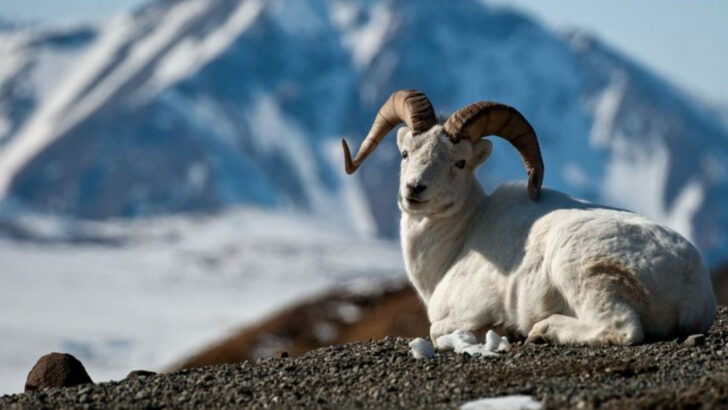Nestled in the remote reaches of Alaska, Kobuk Valley National Park is a sanctuary for a rich tapestry of wildlife.
This untouched wilderness is home to a diverse array of species that thrive in its harsh yet stunning environment.
From the majestic caribou to the elusive lynx, each animal plays a vital role in the park’s ecosystem.
Journey with us as we explore thirteen remarkable species that rule this awe-inspiring wilderness, uncovering the unique traits and behaviors that make them truly special.
Caribou
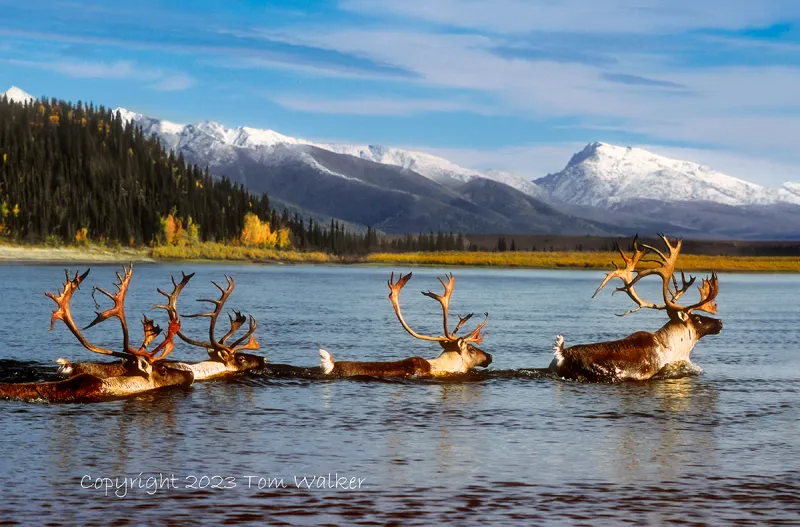
The caribou, with its migrating herds, defines the landscape of Kobuk Valley. This majestic creature traverses vast distances, embodying endurance and survival. The rhythmic sound of their hooves is iconic, echoing through the Alaskan wilderness.
Adapted to the harsh climate, caribou possess thick fur and large antlers, crucial for foraging under snow. Their annual migration, one of the longest of any terrestrial mammal, is an awe-inspiring spectacle.
Interestingly, both male and female caribou grow antlers, a trait unique among deer. This adaptability and resilience make them a symbol of wilderness freedom.
Gray Wolf
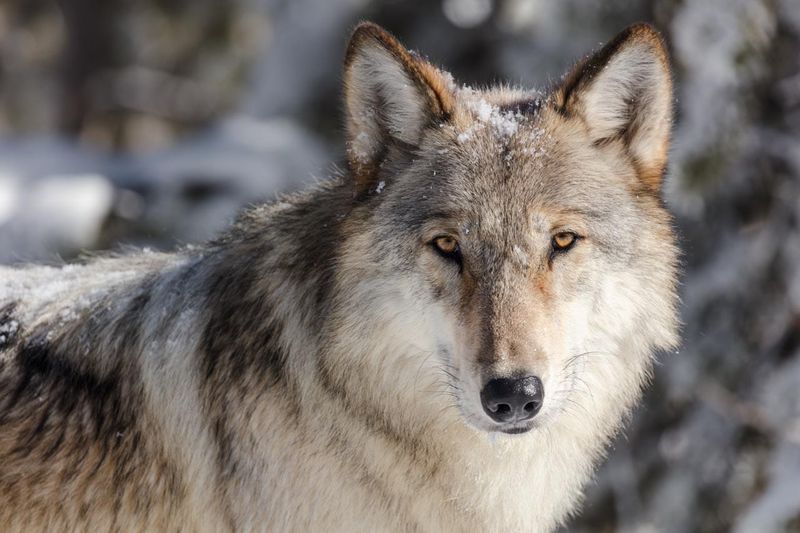
In the shadowy forests of Kobuk Valley, the gray wolf reigns supreme as a skilled predator. Known for their complex social structures, these wolves travel in packs with a strict hierarchy. Their haunting howl can send shivers down your spine.
Wolves play a crucial role in the ecosystem, controlling prey populations and promoting biodiversity. Their keen senses and strategic hunting techniques make them formidable hunters.
Despite their fearsome reputation, wolves are intelligent and exhibit strong family bonds, often caring deeply for their pack members. Such qualities endear them to many wildlife enthusiasts.
Arctic Fox
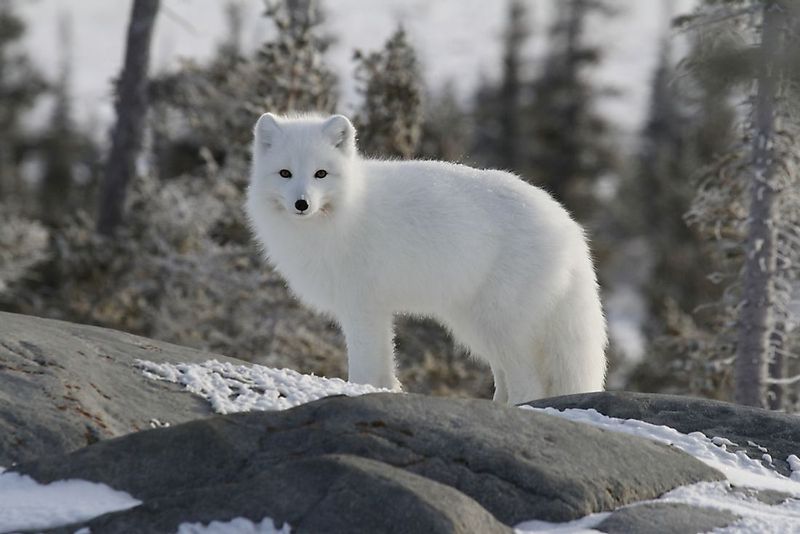
With a coat as white as the snow it treads upon, the Arctic fox is a master of disguise. This small, nimble creature thrives in the frigid temperatures of Kobuk Valley, showcasing nature’s ingenuity.
The Arctic fox’s fur changes with the seasons, providing essential camouflage from predators. In winter, its white coat blends seamlessly with the snowy landscapes, while in summer, it turns brown.
Their compact bodies conserve heat, and they are known for their resourcefulness, often following polar bears to scavenge leftovers. Truly, the Arctic fox is a testament to resilience in the Arctic wilds.
Moose

Towering and majestic, the moose is a behemoth of Kobuk Valley’s wetlands. With antlers that span over six feet, these gentle giants command awe and respect. They are often seen grazing in marshy areas, feeding on aquatic vegetation.
Moose are solitary animals, known for their incredible strength and agility despite their size. During mating season, males engage in dramatic antler battles for dominance.
Although primarily herbivores, moose can be formidable when threatened. Their presence is a reminder of nature’s raw power and the delicate balance of ecosystems.
Snowy Owl
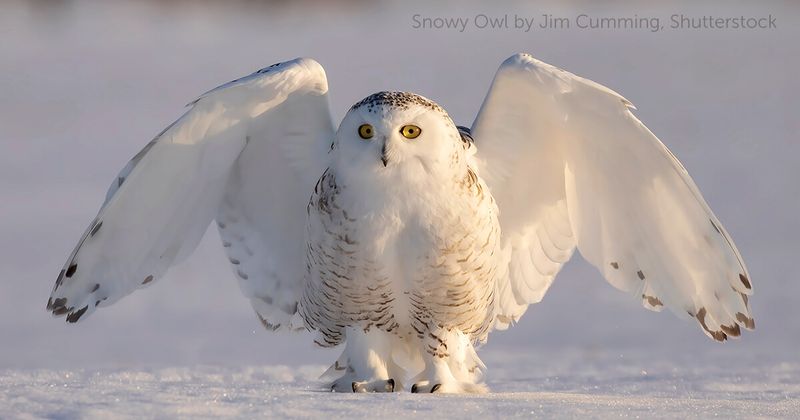
The snowy owl, with its striking white plumage and piercing yellow eyes, commands attention in Kobuk Valley. This bird of prey is a skilled hunter, often seen gliding silently across the snowy expanse.
Known for their patient hunting techniques, snowy owls primarily feast on small mammals, such as lemmings. Their acute sense of hearing allows them to detect prey under deep snow.
During the Arctic summer, these owls remain active thanks to the endless daylight. Their majestic appearance and serene demeanor make them a favorite among birdwatchers and nature photographers alike.
Lynx
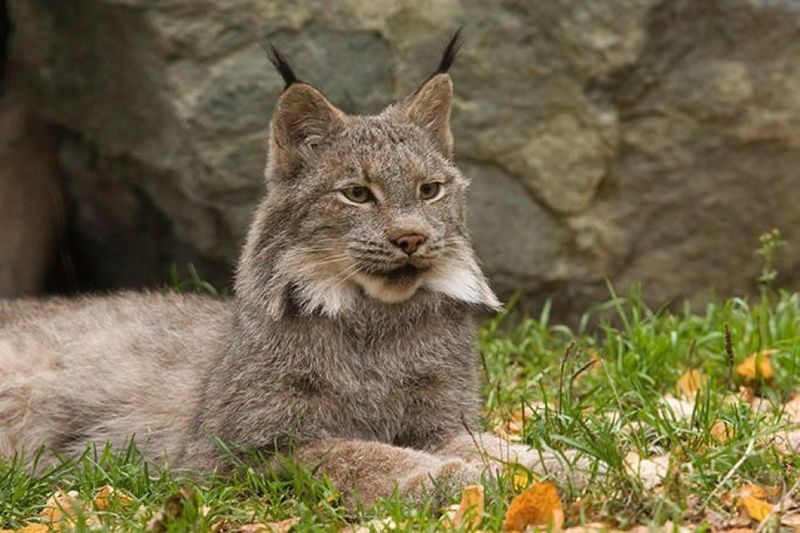
In the dense underbrush of Kobuk Valley, the lynx stalks its prey with unmatched stealth. With tufted ears and sharp vision, this solitary feline is a masterful hunter.
The lynx’s thick fur insulates it against the cold, and its large, padded paws allow it to silently traverse the snowy terrain. Preying primarily on snowshoe hares, lynxes keep their populations in check, maintaining ecological balance.
Often elusive, their presence is felt more than seen, like fleeting shadows in the twilight. The lynx embodies the mystery and allure of the untamed wilderness.
Bald Eagle
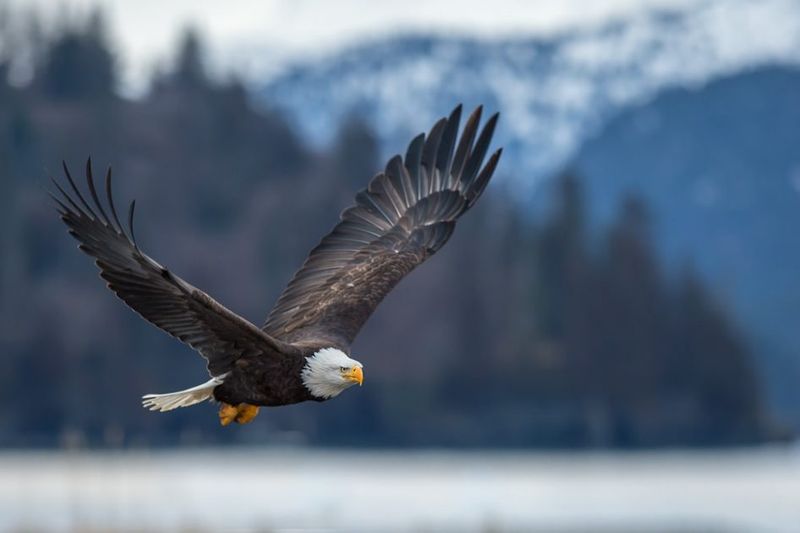
Soaring above the expansive wilderness, the bald eagle is a symbol of strength and freedom. Its broad wings and sharp talons make it a formidable predator in Kobuk Valley.
These eagles are often seen near bodies of water, hunting for fish or scavenging carrion. Their keen eyesight allows them to spot prey from great distances.
The bald eagle’s presence signifies a healthy ecosystem, as they often nest in tall trees along riverbanks. Their majestic flight and regal appearance continue to captivate onlookers worldwide.
Beaver
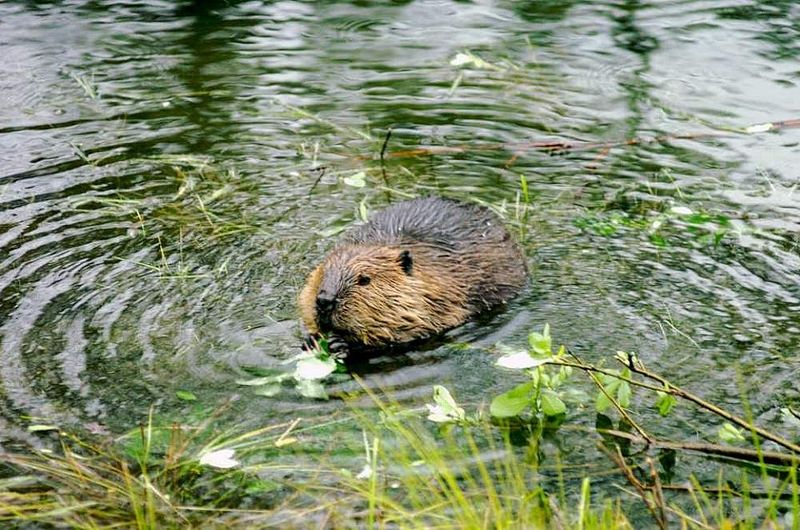
With unmatched engineering skills, the beaver shapes the waterways of Kobuk Valley. These industrious rodents are known for their dam-building prowess, creating vital wetland habitats.
Beavers use their sharp teeth to fell trees, constructing lodges that provide shelter and protection. Their activities support diverse ecosystems, benefitting countless species.
As nature’s architects, beavers demonstrate the power of cooperation and persistence. Their presence in the park exemplifies the interconnectedness of life and the role each species plays in maintaining ecological harmony.
Musk Ox
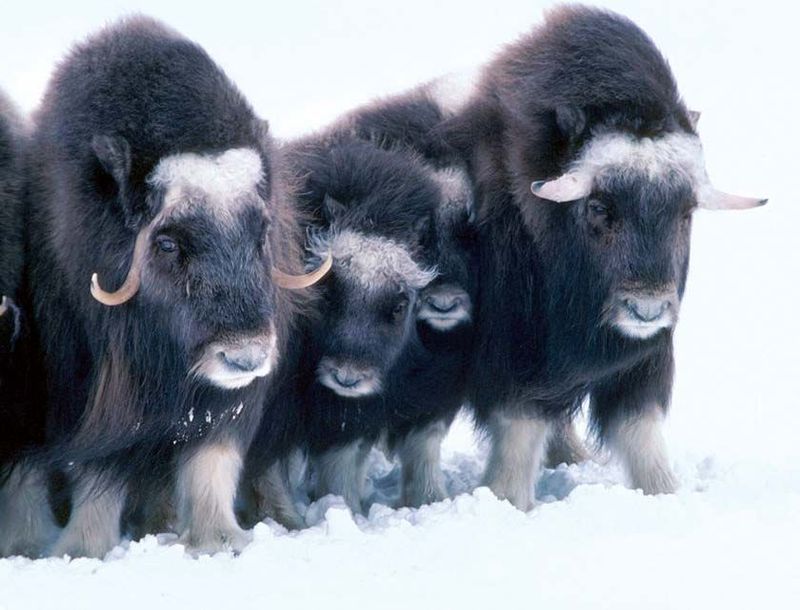
The musk ox, with its shaggy coat and sturdy build, is a relic of the Ice Age that endures in Kobuk Valley. These herd animals are perfectly adapted to the harsh Arctic climate.
Their thick, woolly fur provides insulation, while their social structure ensures protection from predators. Musk oxen form defensive circles, with calves in the center, when threatened.
Despite their prehistoric appearance, these creatures are gentle grazers, feeding on grasses and mosses. The musk ox embodies the spirit of resilience and the ability to thrive in challenging environments.
Red Fox
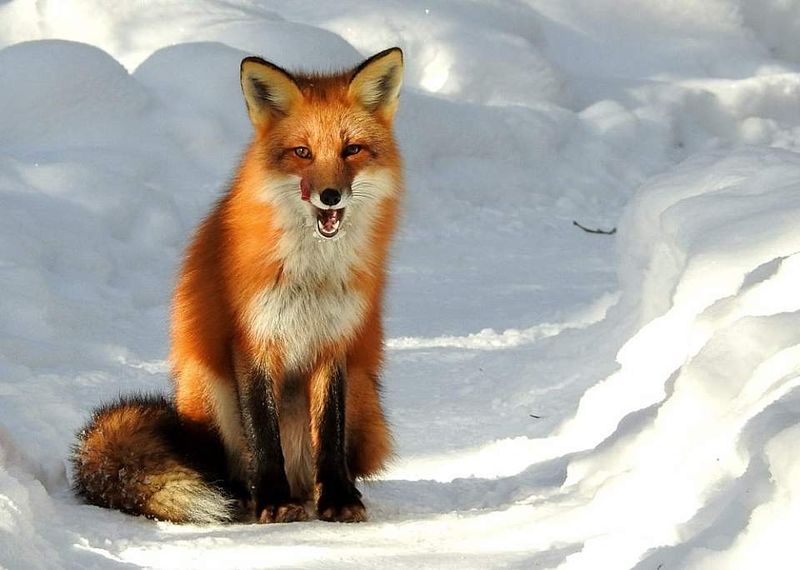
With a vibrant coat and playful demeanor, the red fox is a lively presence in Kobuk Valley. Known for their cunning behavior, these omnivores adapt well to varying environments.
Red foxes are skilled hunters, preying on small mammals and birds, but they also enjoy fruits and berries. Their adaptability and intelligence enable them to thrive in diverse habitats.
Often seen darting through forests or fields, red foxes are both solitary and social creatures, displaying a range of vocalizations. Their charismatic nature adds a touch of playfulness to the wilderness.
Wolverine
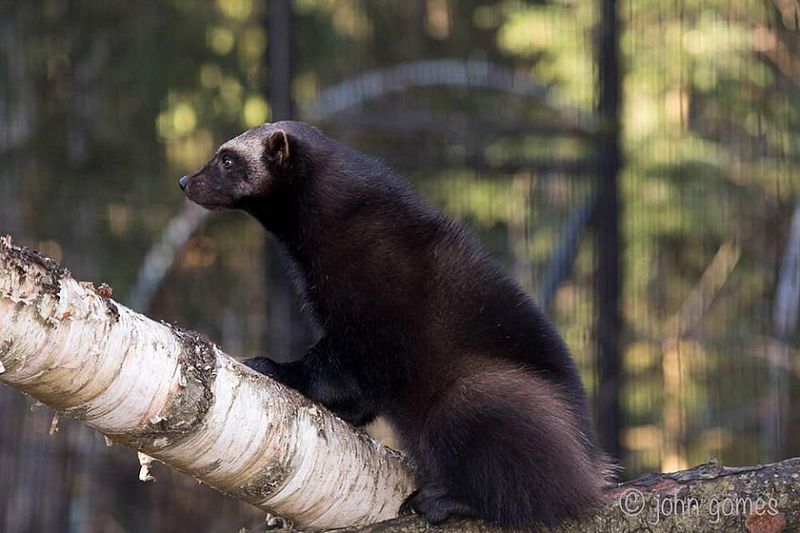
The wolverine, a fearless and tenacious predator, roams the rugged landscapes of Kobuk Valley. With powerful jaws and sharp claws, they are formidable hunters, capable of taking down prey much larger than themselves.
Wolverines are solitary creatures, known for their strength and resilience. Their thick fur protects them from the cold, while their keen sense of smell aids in tracking down food.
Despite their solitary nature, wolverines play a crucial role in the ecosystem, keeping prey populations in check. Their fierce independence makes them a symbol of wilderness survival.
Northern Pintail
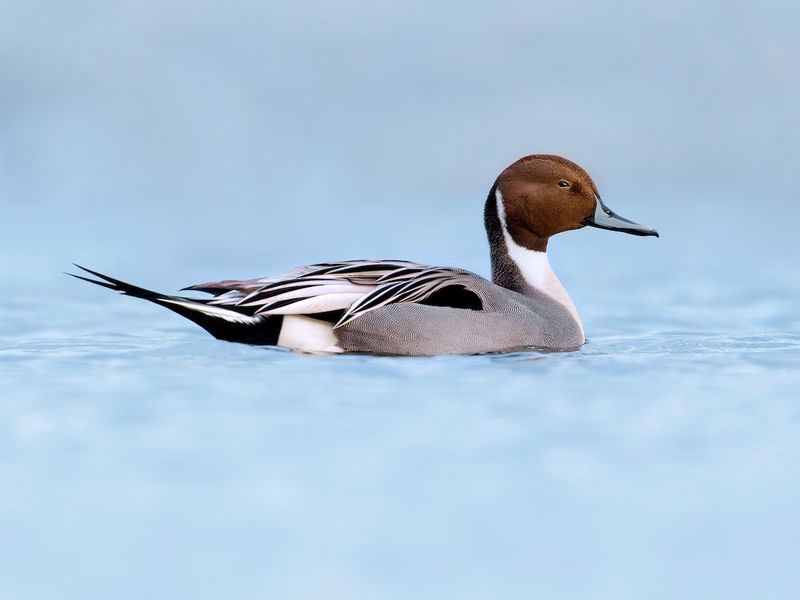
Graceful and elegant, the northern pintail is a common sight on the tranquil waters of Kobuk Valley. This migratory duck is known for its long neck and slender body, cutting an elegant figure.
Northern pintails are social birds, often seen in flocks as they migrate through the park. They feed on aquatic plants and small invertebrates, nurturing the ecosystem.
Their distinctive plumage and courtship displays captivate bird enthusiasts. As symbols of grace, northern pintails contribute to the biodiversity that thrives within the park’s boundaries.
Dall Sheep
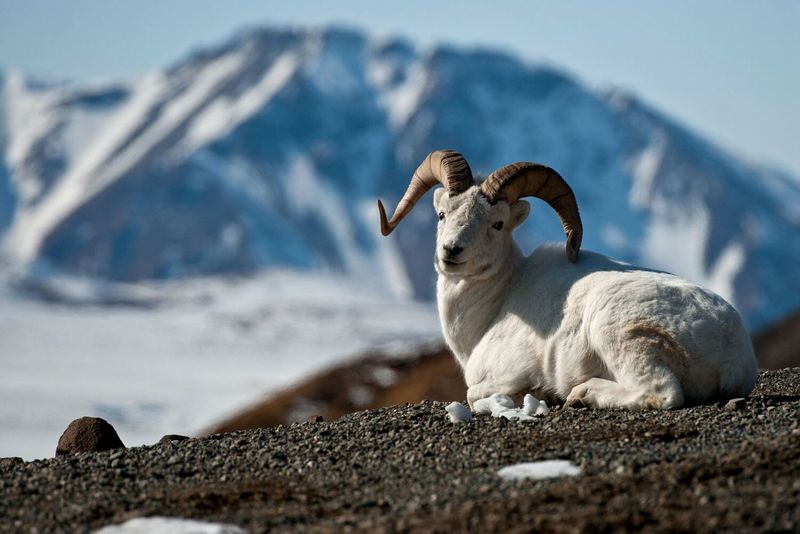
The Dall sheep, with its impressive curling horns, is a master of navigating Kobuk Valley’s rugged cliffs. These agile animals are well-adapted to mountainous terrains, displaying remarkable sure-footedness.
Dall sheep form tight-knit groups, offering protection against predators. Their horns are not just for display but are used in dramatic clashes during mating season.
Their keen senses and climbing skills ensure survival in harsh conditions. As symbols of strength and resilience, Dall sheep embody the untamed spirit of the wilderness, captivating all who witness them in their natural habitat.

